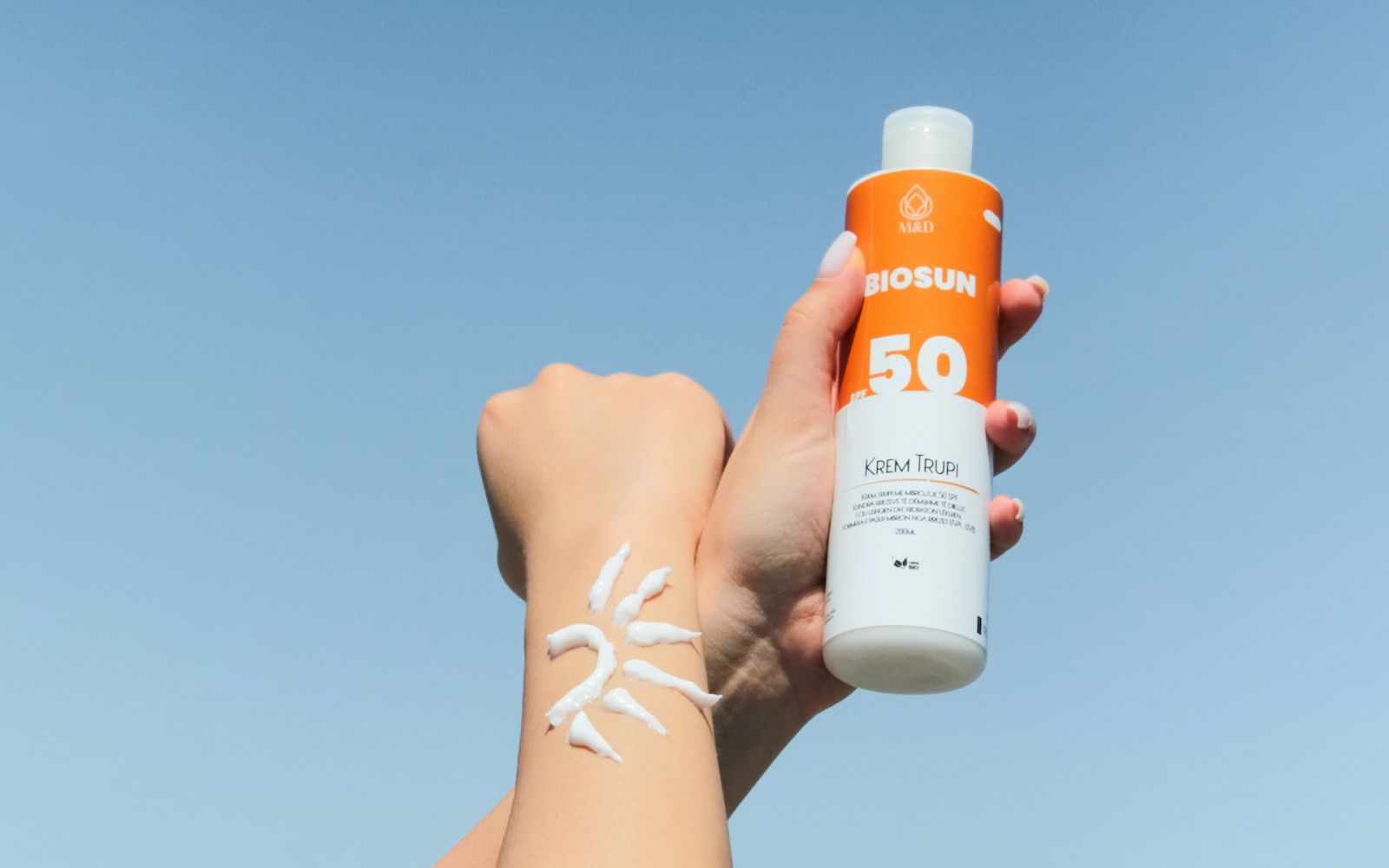Understand SPF and UPF ratings.
Protect yourself from the sun’s harmful ultraviolet radiation with SPF rated sunscreen and UPF rated clothing.

As the summer months heat up, more and more people head outdoors to enjoy the sunshine. One of the bright spots to sun exposure is it helps the body produce vitamin D, which plays an important role in bone growth and our immune system. However, too much exposure to the sun’s harmful ultraviolet radiation can damage your skin and lead to skin cancer.
Sun Protection Factor (SPF)
When you buy sunscreen, there is an SPF rating printed on the label. This rating is an indication of how much protection the sunscreen provides against the sun’s UVB rays, the rays that can cause sunburn and other skin damage. The higher the number, the greater the protection:
- SPF 15 blocks 93% of UVB rays.
- SPF 30 blocks 97% of UVB rays.
- SPF 50 blocks 98% of UVB rays.
- SPF 100 blocks 99% of UVB rays.
The SPF rating does not reflect the amount of time you can spend in the sun, only the amount of protection you have from the sun’s radiation. And, going from SPF 50 to SPF 100 does not provide twice as much protection, it does, however, provide 1% more protection.
Although using sunscreen may help protect you from sunburn, its effectiveness can be impacted by your skin type, the amount of sunscreen you use and how often you reapply it. Swimming, sweat and other physical activity can rub the sunscreen off or wash it away. Follow the label’s instructions to see how often you need to reapply the sunscreen.
In addition to looking at the SPF rating, you should also look for a sunscreen that promises coverage for a “broad spectrum” of ultraviolet rays. These products also help provide protection from UVA rays. UVA rays can also cause cancer and lead to long-term damage such as wrinkles and premature aging.
Ultraviolet Protection Factor (UPF)
In addition to sunscreen, you can add another layer of protection by wearing clothes that are UPF rated. Unlike SPF sunscreen, which only blocks the suns UVB rays, UPF rated clothing blocks both UVA and UVB rays. The higher the UPF rating, the greater the protection:
- UPF 15 provides minimum protection and blocks 93.3% of UV radiation.
- UPF 30 provides good protection and blocks 96.7% of UV radiation.
- UPF 50/UPF 50+ provides excellent protection and blocks 98% of UV radiation.
Other ways to protect your skin
Besides sunscreen and UPF rated clothing, there are other ways to protect yourself during the summer. These include:
- Wearing sunglasses that provide 100% UV-ray protection.
- Staying in the shade as much as possible.
- Limiting reflective exposure to the sun from water and other reflective surfaces.
- Avoiding being outside during peak UV radiation hours from 10 a.m. to 4 p.m.
Summertime is great for being outdoors. By taking appropriate precautions to protect your skin, you can make the good times last longer.
This information is not intended to be a substitute for professional medical advice. You should talk with your primary care physician or other qualified medical professionals regarding diagnosis and treatment of a health condition.
Sources:
- fda.gov, “Tips to Stay Safe in the Sun: From Sunscreen to Sunglasses”, U.S. Food & Drug Administration, August 15, 2022
- fda.gov, “Sun Protection Factor (SPF)”, U.S. Food & Drug Administration, July 14, 2017
- skincancer.org, “Sun-Protective Clothing”, Skin Cancer Foundation, June 2019



